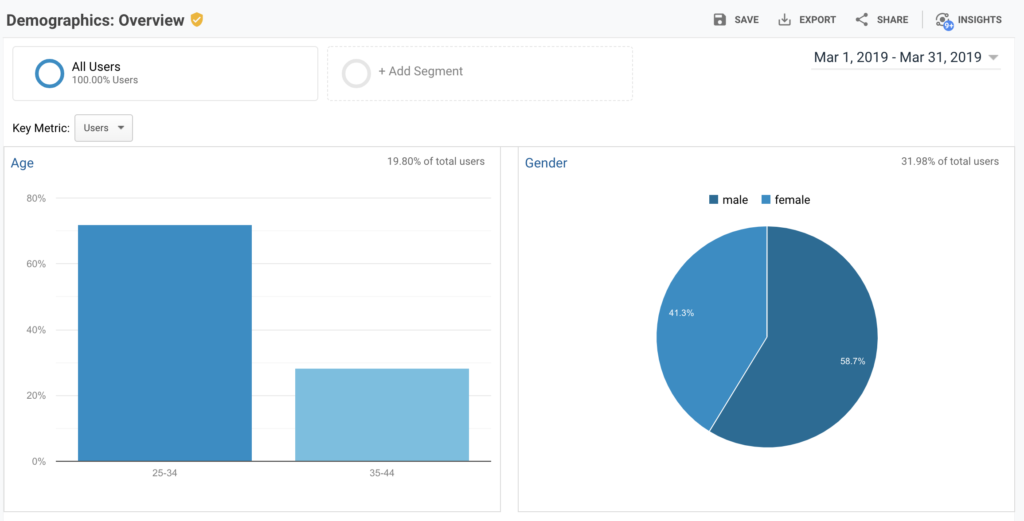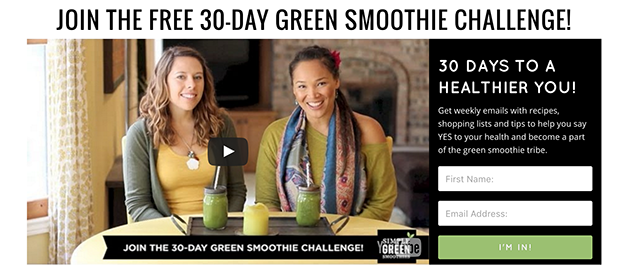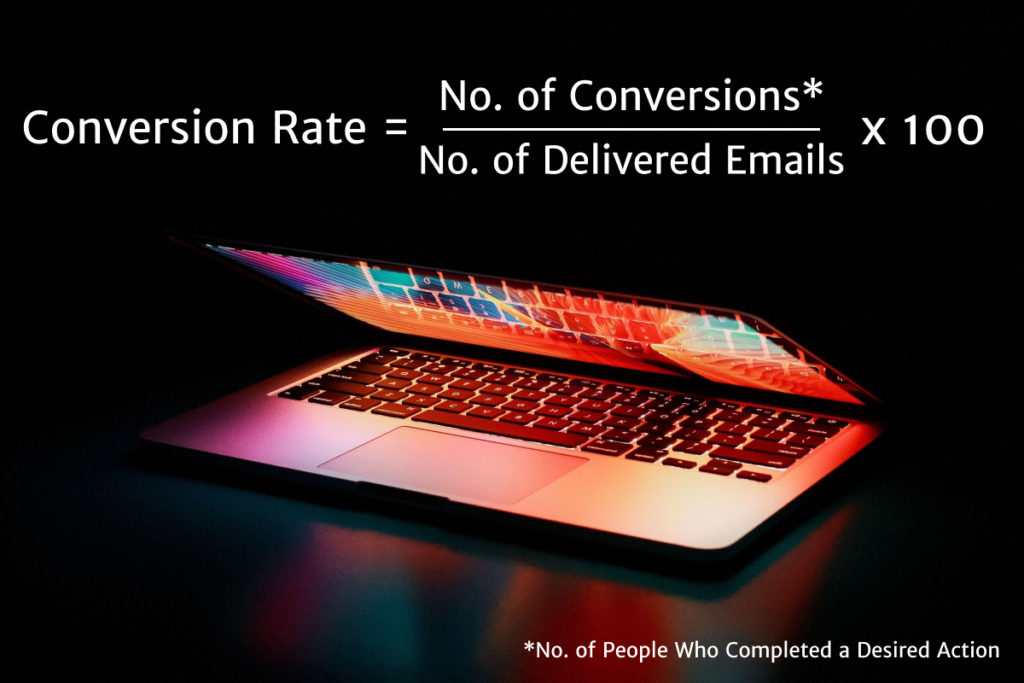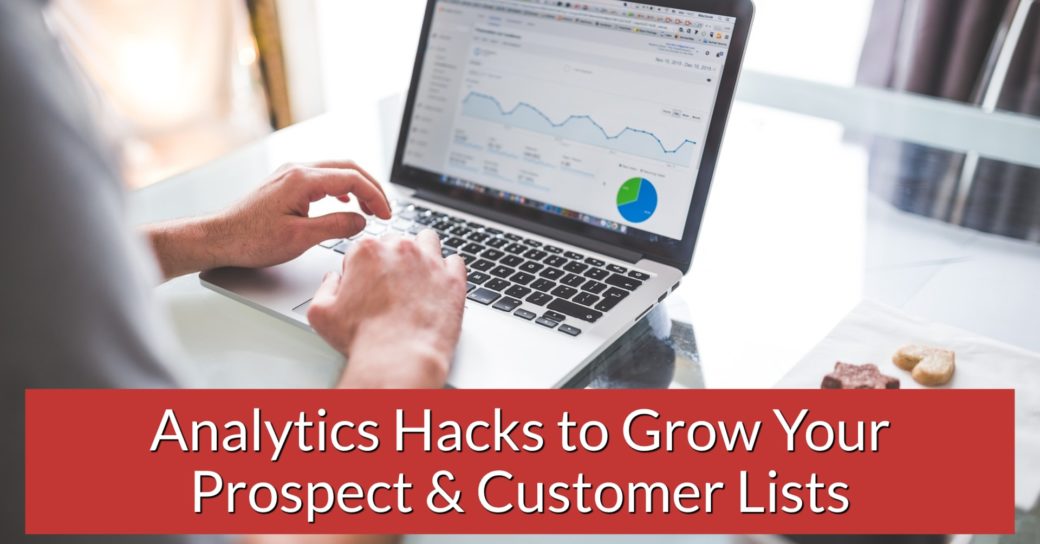Around here, we talk about “funnels” all the time. Even if you don’t know what the word means, you’re likely working with funnels. If you have a newsletter or an opt-in email list, you have a funnel. A simple newsletter sign up form and a freebie, such as a checklist or a report, is the first and most common type of funnel that business owners make. Once this foundational step is taken, you can work on increasing your subscribers Then move on to converting the subscriber into a customer, again and again.
Visitors & Referrals
Use your analytics to discover more about the people who are visiting your site. The more information you have about who you attract to the site, the more you’ll understand your audience. This knowledge will enable you to create better and more targeted content that they specifically want and need.
You may also learn something brand-new about your audience by studying the demographics, compared to the persona you created. For example, you may want to attract moms of toddlers; but you’re getting more grandparents than parents. Can you work with this audience? Do you need to adjust the perspective or topic content to appeal more specifically to younger moms?

It’s not enough to know who is coming to your site. You also need to know what site referred them to you. If you notice you have a lot of visitors coming from a certain link, this can be a good thing or a bad thing. If the referring link or site is providing the targeted prospects, who take some sort of desired action you want, keep doing what you are doing and double down on it. However, if the link is just bringing traffic with no action or interaction, you will want to rethink the content or change how you handle the referring link’s traffic.
Content Interest
When they get to your site, what are they reading or doing? Looking at what type of content they consume and create more of it. This is the best way to grow your list the easy way. Using the analytic results, create content that they already want. Make it easy to find similar or related information.
The more you know about your audience wants, the more you can offer content that excites and appeals to them. If they’re currently reading an article about a topic, determine whether you can go deeper in the content that you’re offering. Those areas are perfect places to add content upgrades, and other premium content, to build your list and to give them more information that they want.
Audience Hang Outs
The other thing to figure out is where your audience likes to hang out to find out. Where do they go on social media to learn things? Who do they go to for coaching? What live events do they like to attend? Who is the person they’re most likely to follow online? This helps you build a presence where it’s appropriate.
If you know your audience listens to a certain mover and shaker, you’ll want to connect yourself with that person in some way. You can approach the influencer with an affiliate offer, run Google Ads on their page, or write free content for them, as a guest blogger. You can also mention them in social media to see if they’ll respond, among many other things.
Encourage Engagement
Use analytics to discover what types of content are more likely to get your audience to engage with your content. What causes them to write a response? What causes them to share? What makes them want to engage? You can figure this out by looking at the content that received the most engagement. Then you’ll want to create more content like that.
For example, if you wrote a blog post that is getting a lot of comments and discussion, you’ll want to create similar content that includes similar motivators and/or topics. Expand on the idea, take it in a new direction, create content in new formats, and more.
Repeat, Test, Optimize
When you get ideas for improvements by looking at the data, you’ll want to test your idea and then repeat and optimize throughout the test. The more things you can fix and get working seamlessly the better you’ll get at list building.
For example, you may decide to change a headline on your landing page. You can set it up to deliver the new page to half your visitors, and the old page to the other half via Google Analytics. Then if the new one works better, switch to that one. You can work on incremental improvements and changes in this manner indefinitely.

When you want to use analytics to help you optimize funnels and improve conversions, determine what is performing best, what is surprising, and what you’d like to be different. Make a list of each part of the funnel, from your audience’s perspective, and determine what can be improved at each step of the funnel.
Content Marketing
Does your audience find your landing pages via content marketing from your blog posts, guest blog posts, and other content like YouTube or Facebook Live events? Do they find you by seeing a meme or other visual content? It’s all based on content marketing.
Use content to lead your audience through your funnels at every single step of their journey. Then, create more content for this purpose. Continue to improve small portions of your content and test it against the original to find out what works best.
Does your audience respond to checklists or reports better? What email messages and emotional motivators prompt your audience to respond at a higher rate?
Landing Pages
Studies have shown that having more entry pages is always better. Instead of developing just one landing page for a given email list that promotes a product you’ll want to develop several points of entry using tags and segmentation to make the process easier.
For example, if you have content on LinkedIn, you’ll want to lead the readers there to a special landing page for LinkedIn members, and a different one for those who come to your landing page via a live webinar. You want to differentiate each entry point so that they know this is exactly what they need.
In Content Upgrades
One amazing way to move people to your list is with content upgrades. A content upgrade is content that requires the reader to provide an email address in order to download the content upgrade. To accomplish this, you’ll need email autoresponder software, plus a way to protect your downloads while also putting them on your list.

Use analytics to find out what is the most read content. Then read through the content to identify areas where you can expand on the information. Create the content, make it look great, create a cover, turn it into a PDF file. Then gate it by requiring an email address to download that gated content. Remember that you can use that same content upgrade everywhere that topic is mentioned throughout your website and blog.
Email Subject Lines
The entire point is to get people to want to be on your email list. Everything you do from sharing on social, to creating more content, is supposed to help people move to your email list so that they can get more content delivered to them that helps them know what they should buy to solve their problems. Your email subject line is super important to ensure that email is recognized and opened.
Test out various types of subject lines to find out what gets opened most often. When you figure it out you can make your subject lines work better overall to get people to move from your leads email list to your customer email list. One way to determine the changes you’ll make is to look at advice that others are giving such as capitalizing subject lines or not. Some say that capitalizing properly gets more opens some people say that when they use lower case the get more pens. What works best for your audience? Test it to find out.
Your Lead Magnet
If you created your lead magnet a while ago, you may want to revisit it. A lead magnet should get people that really are in your ideal target audience to download it, but then due to them being on your list now, to also act upon the information in the lead magnet as well as to respond to future sales so that they can become a paying customer.
Look at the lead magnet. If it’s getting a lot of sign-ups, how responsive are they? If that’s going the way you want, then leave that lead magnet as is. If it’s not getting the responses you want, make changes until you get the results that meet your goal. When you make improvements remember to test one small improvement against the original before putting it out permanently into the world.
Email Marketing Messages
Once you get them on your list, are the messages effectively moving them down the funnel? Are these messages doing a good job converting them to buyers? What is the conversion rate? What is the industry conversion rate and how does your conversion rate compare?

You want this information so that you can start making small changes to find out what is going to get the most positive response moving your list members to that of customer and list member. This is the reason analytics are so important. When you can know what’s really and truly affecting your numbers you can manipulate everything to work out the way you want it to.
Remember that if you aren’t making offers then no one can respond. If you’re not asking for action how can you expect any action to take place? When you send messages to list members, you should include an offer or two. It’s okay if they unsubscribe, it’s okay if they leave your list because of your offers. This is going to be what keeps your list healthy full of responsive members. The more offers you make the more sales you’ll make.
You just need to ensure that you know who the audience is, what they need, and how to present it to them in the best light.
Conclusion
Using the analytics that is available to you regarding everything to do with your funnels will ensure that what you are doing is working. When you know your numbers, you can accomplish anything you want by simply improving what needs to be improved, doing more of what works, and less of what doesn’t work.
Using analytics to help you know what to do to grow your list, and get more from your list, will push your sales higher than you ever thought they could be because knowing your numbers and then working to optimize and improve every aspect of them will make a huge difference in your success.
It’s the difference between knowing and guessing. When you know your actions will get more response because they’re based on facts rather than assumptions delving into analytics suddenly gets a lot more interesting.


